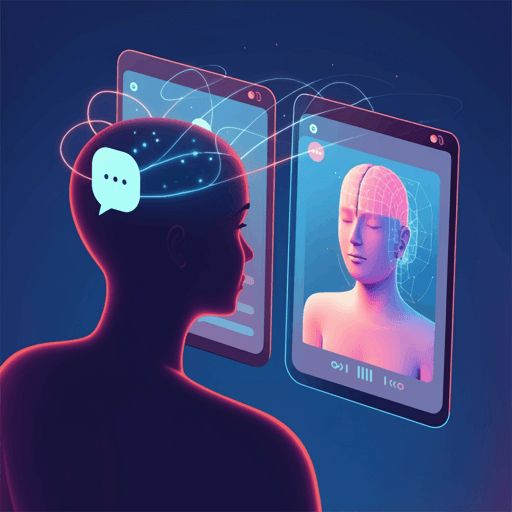
Medicine and Health
Usability Comparison Among Healthy Participants of an Anthropomorphic Digital Human and a Text-Based Chatbot as a Responder to Questions on Mental Health: Randomized Controlled Trial
A. O. Thunström, H. K. Carlsen, et al.
Explore how emotive “digital humans” compare with a text-only chatbot for mental health support in BETSY — a randomized study finding the text-only interface had significantly higher perceived usability while EEG showed no physiological differences, and women reported more annoyance. Research conducted by Almira Osmanovic Thunström, Hanne Krage Carlsen, Lilas Ali, Tomas Larson, Andreas Hellström, and Steinn Steingrimsson.
~3 min • Beginner • English
Related Publications
Explore these studies to deepen your understanding of the subject.







